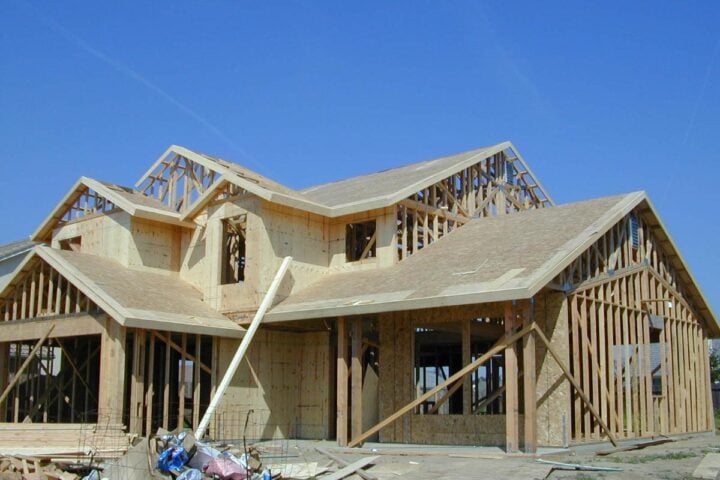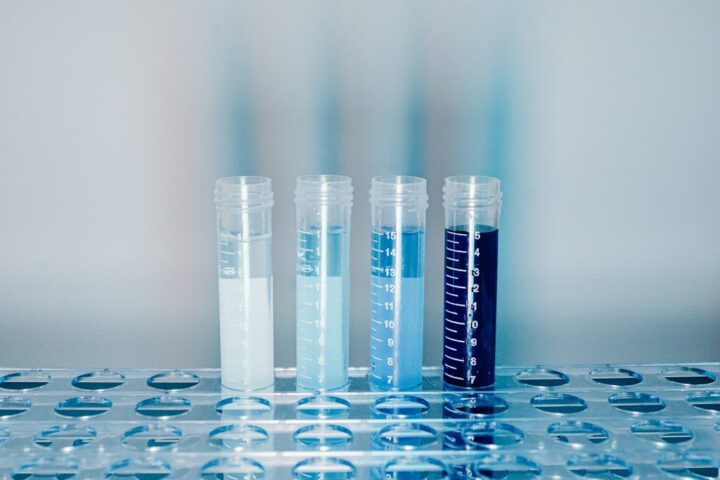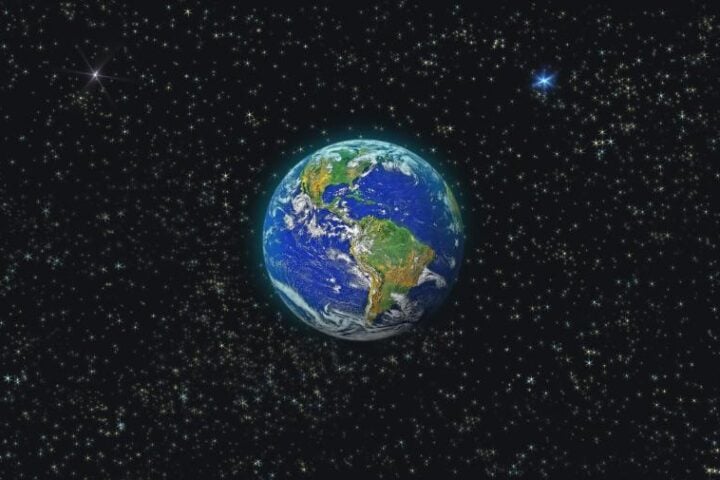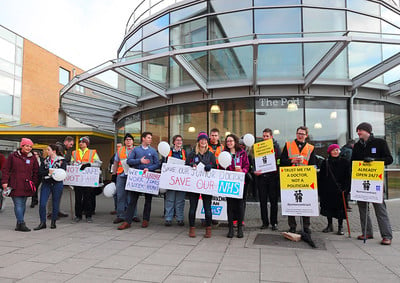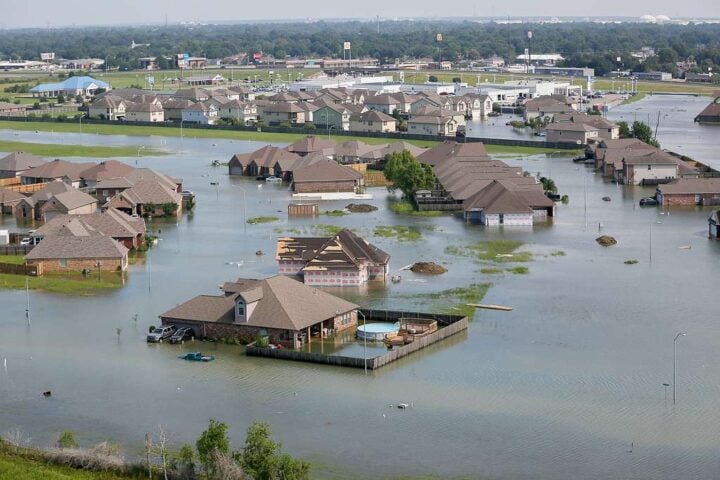According to a research by the World Meteorological Organization, all three greenhouse gas concentrations in the atmosphere have reached all-time highs, which indicates that the world is “going in the wrong way,” according to scientists. According to the World Meteorological Organization (WMO), the years 2020 and 2021 saw the largest increase in methane concentrations year over year since systematic observations first started approximately 40 years ago.
WMO Secretary-General Prof. Petteri Taalas stated that “WMO’s Greenhouse Gas Bulletin has underscored, once again, the great challenge – and the crucial requirement – of prompt action to decrease greenhouse gas emissions and avoid global temperatures increasing much further in the future.”
“We are headed in the wrong way,” he added. “The concentrations of the key heat-trapping gases are still rising, notably the record acceleration in methane levels.”
“There are affordable solutions to reduce methane emissions, particularly from the fossil fuel industry, and we should put them into practice right away. Methane, however, has a lifespan of less than 10 years, making its effect on the climate reversible. We must eliminate carbon dioxide emissions as soon as possible since they are the primary cause of climate change and the related extreme weather. Polar ice loss, ocean warming, and sea level rise will have an impact on the climate for thousands of years, according to Prof. Taalas.
“Our entire way of life, as well as our industrial, energy, and transportation systems, must change. The required improvements are both technically and economically feasible. Time is running out, the professor said.
The COP27 WMO UN Climate Change Conference will be held in Egypt from November 7–18. The State of the Global Climate 2022 report, which will demonstrate how greenhouse emissions continue to fuel climate change and extreme weather, will be released on the day of the meeting in Sharm el-Sheikh. The seven warmest years on record occurred in the years 2015 through 2021.
The WMO studies aim to inspire COP27 negotiators to take bolder action in order to fulfill the Paris Agreement.
When greenhouse gases are absorbed by sinks like the ocean and biosphere, what is left in the atmosphere is what the WMO measures as atmospheric concentrations of greenhouse gases. This differs from emissions.
The Emissions Gap Report by UN Environment will be made public on October 27 in a distinct and complementary manner. The most recent research on existing and anticipated greenhouse gas emissions is evaluated in the Emissions Gap study. The emissions gap is the difference between “where we are likely to be and where we need to be.”
The global temperature will continue to rise as long as emissions continue. Even if emissions are quickly reduced to net zero due to CO2’s long life, the temperature level presently seen will continue for decades.
The WMO estimates that in 2021, carbon dioxide concentrations will be 415.7 ppm, methane will be 1908 ppb, and nitrous oxide will be 334.5 ppb. Accordingly, these are 149%, 262%, and 124% below pre-industrial levels.
There is concern that in the future, land ecosystems and seas may be less effective at acting as “sinks,” which would reduce their capacity to absorb carbon dioxide and serve as a buffer against more significant temperature increases. The transformation of the land sink into a CO2 source is already underway in several regions of the planet.
Scientists are baffled by the fast increase in methane emissions in recent years. Some attributed it to an increase in fracking in the US, but this was disputed because there were no signs of industrial emissions.
The global community of scientists studying greenhouse gases is still looking at the causes. Analysis shows that biogenic sources, including wetlands or rice paddies, are responsible for the majority of the increased rise in methane after 2007.
The third most significant greenhouse gas is nitrous oxide. Both natural (about 57%) and human (around 43%) sources, such as seas, soils, biomass burning, fertilizer use, and various industrial activities, emit it into the atmosphere. The increase between 2020 and 2021 was more than that seen between 2019 and 2020 and over the prior ten years’ average yearly growth rate. It was also slightly higher than that.



